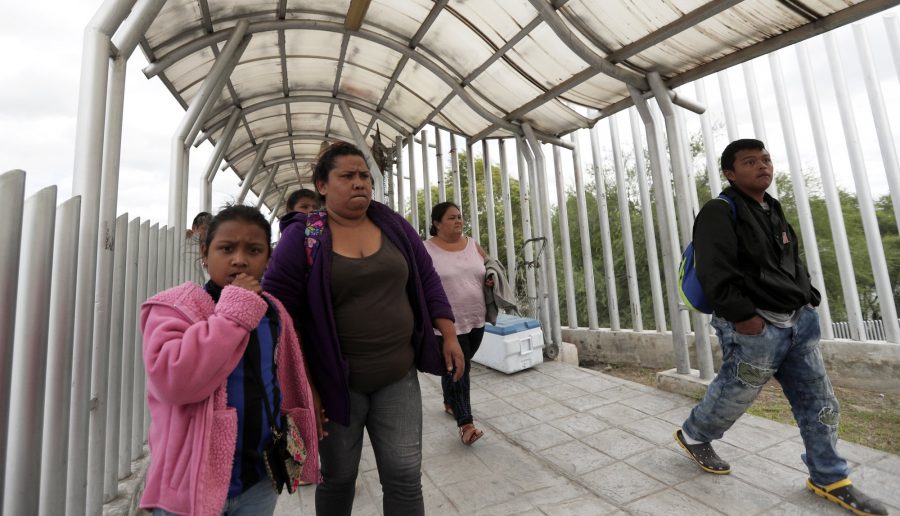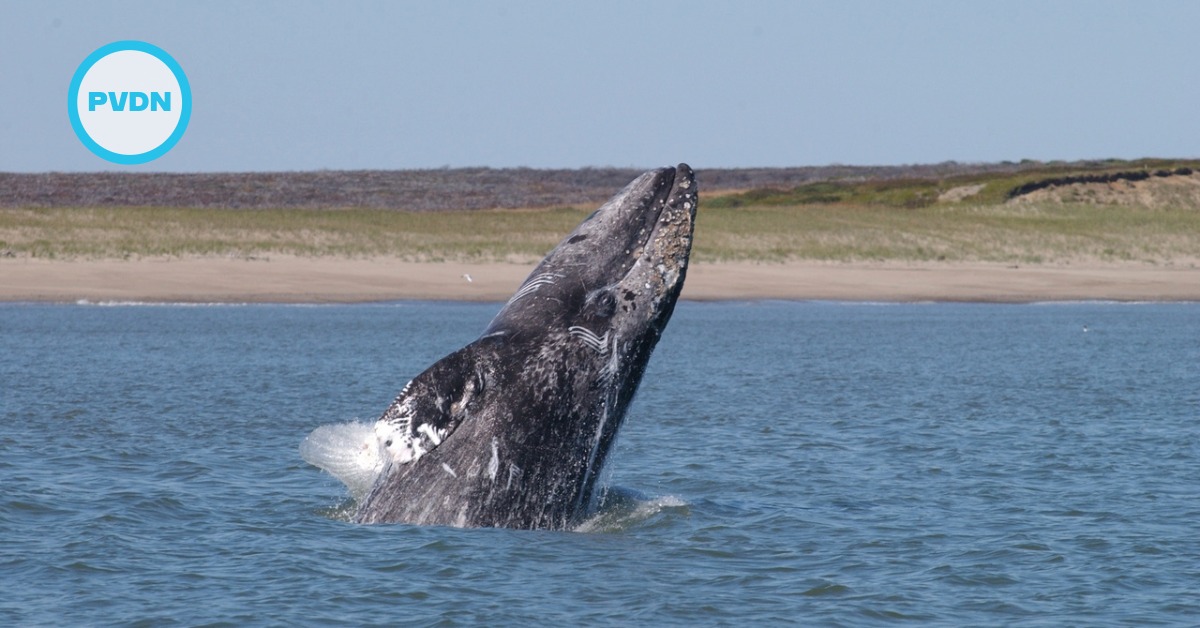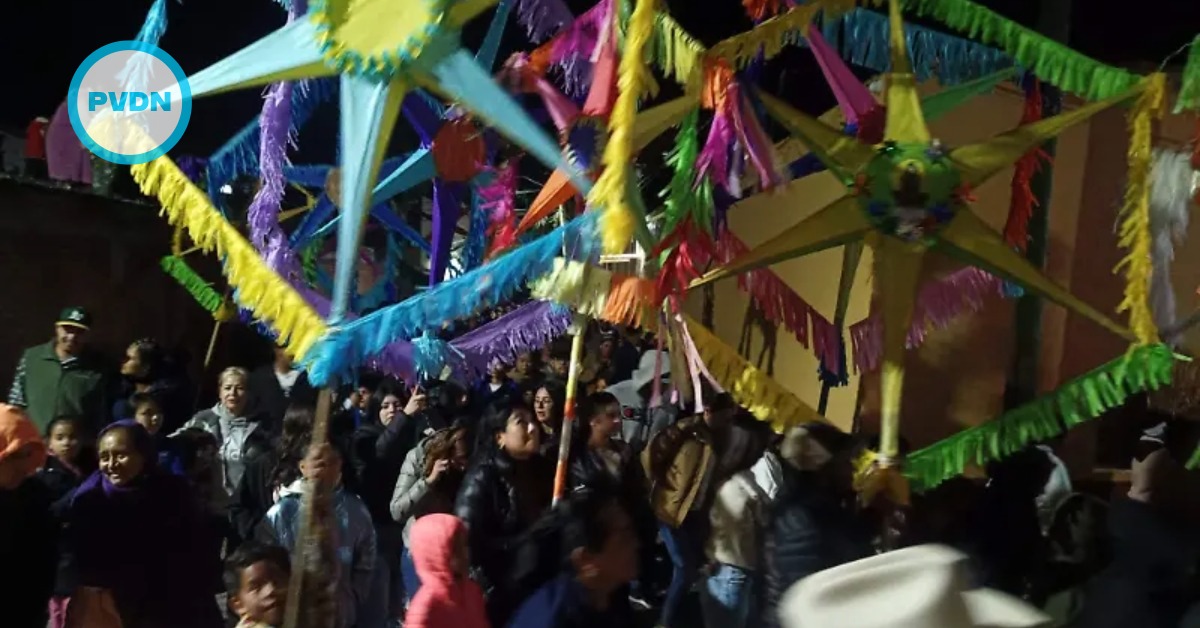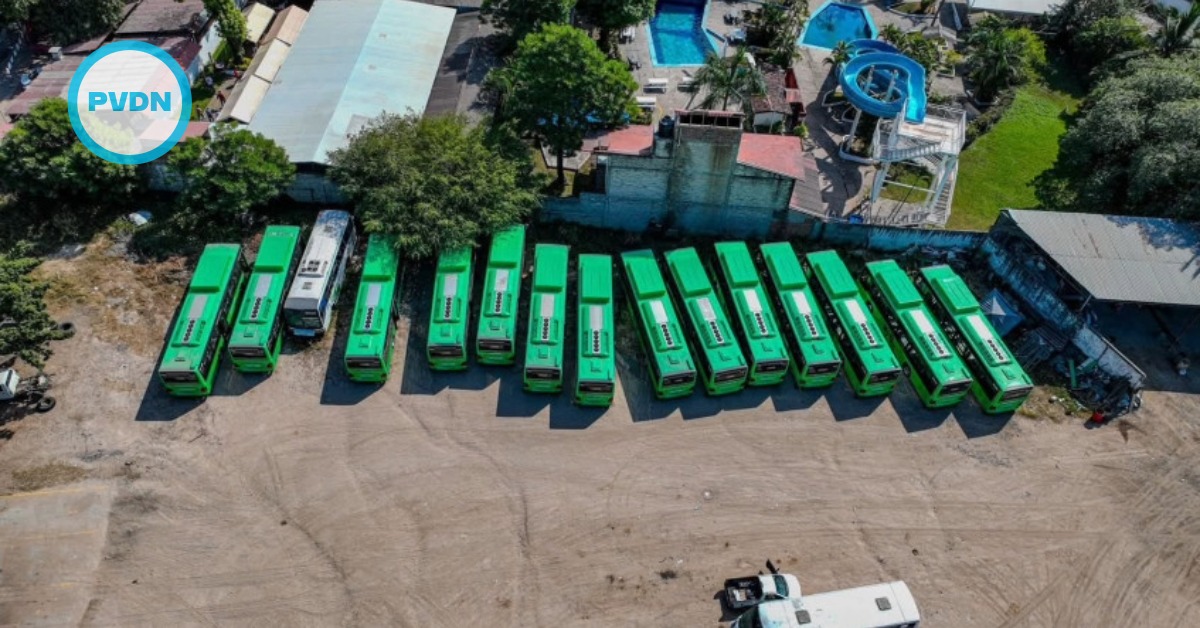President Donald Trump ordered Friday that anyone who enters the U.S. illegally from Mexico by going around official border crossings is ineligible for asylum.
His edict takes aim at the cherished principle of asylum, which grants haven to people who flee persecution on grounds of race, religion, nationality, political opinion and other factors.
Illegal border crossings are low compared to the 1980s, 1990s and 2000s but there’s no question the asylum system is under severe strain.
Here are questions and answers about the new rules:
WHAT DOES THE NEW BAN DO?
The president is denying asylum to people . . .







